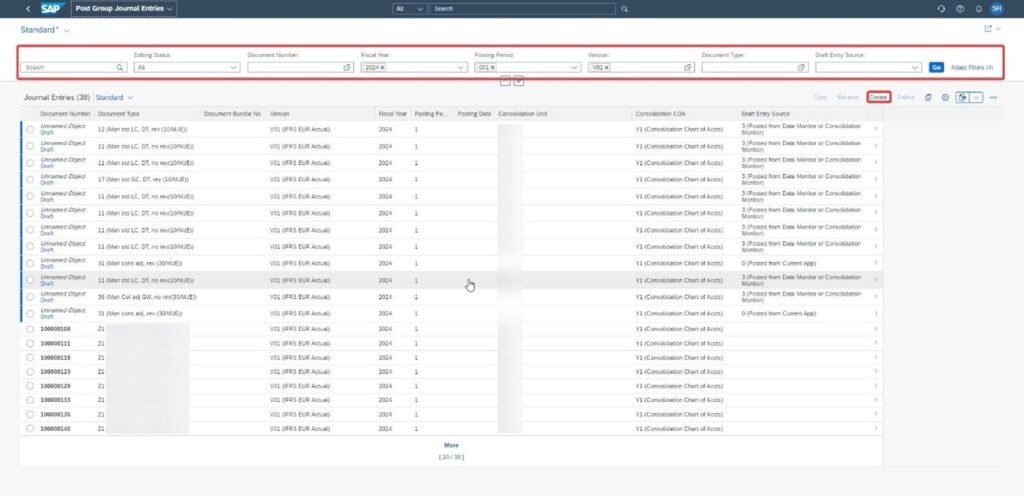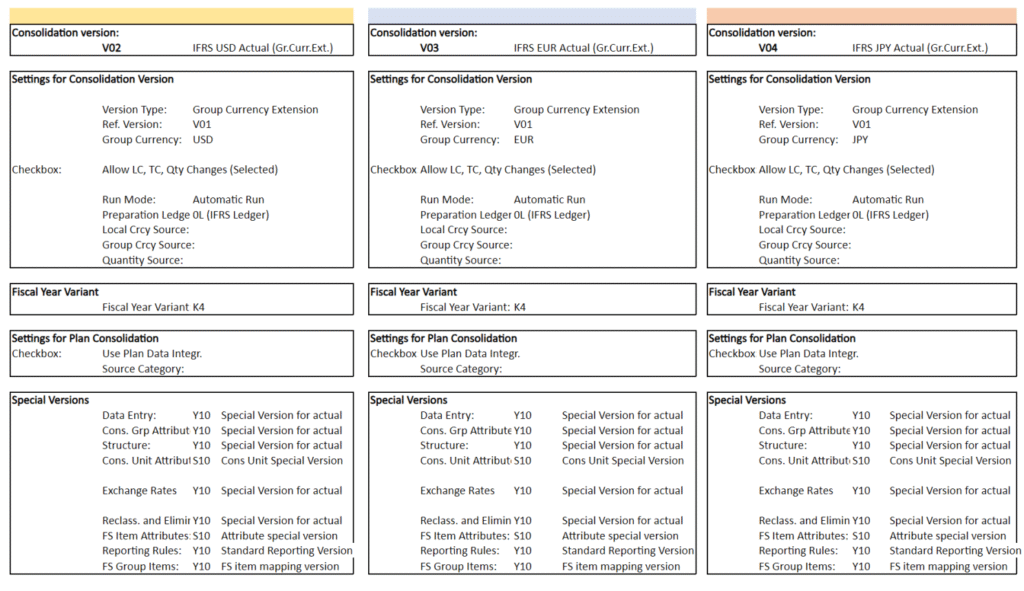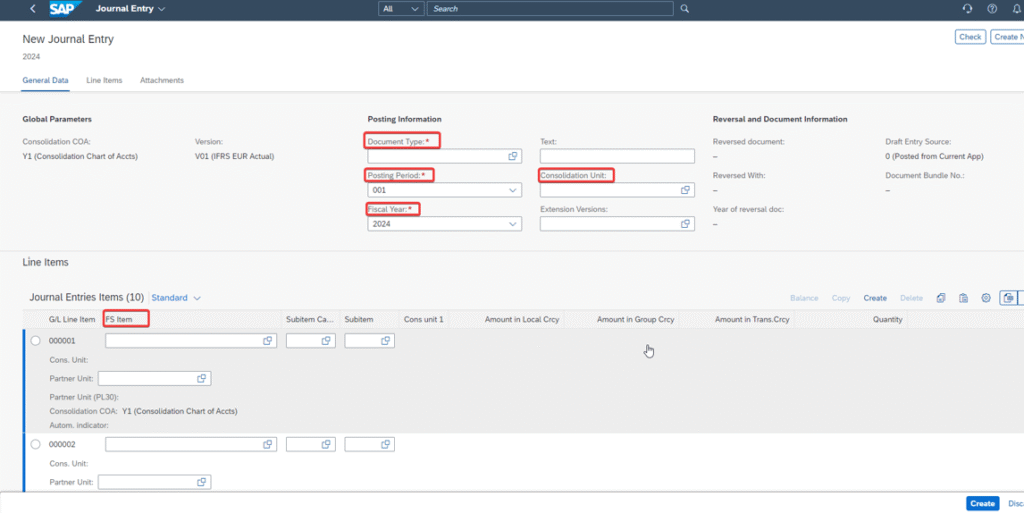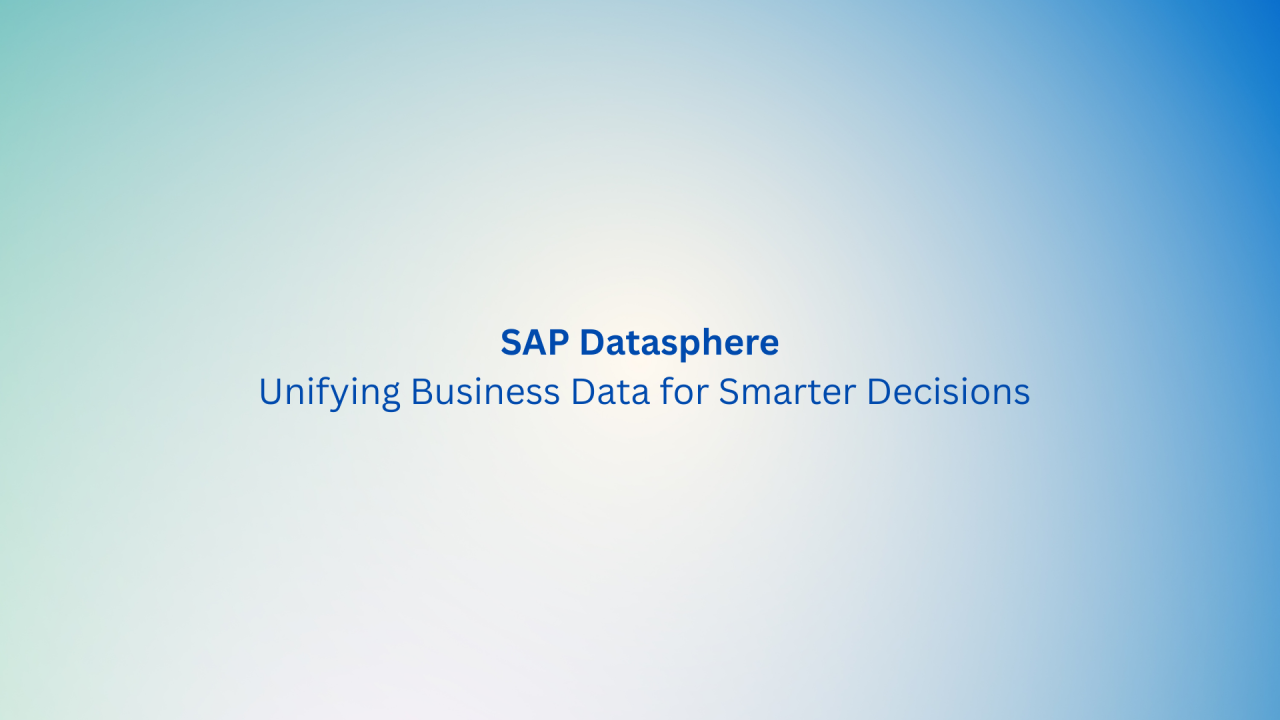Introduction
Consolidation tools need manual journal functionality anyway, as users may need to post adjustments before or after the consolidation process for any purpose. In this newsletter, we explained what a manual journal is and how the “Post Group Journal Entries” application can be used in SAP Group Reporting. A manual journal in SAP Group Reporting refers to a feature within the SAP Group Reporting solution that allows companies to record their month-end adjustments on a monthly basis, either at the company or group level. It’s a tool for group finance teams to input, track, and manage their consolidation-relevant adjustments in SAP Group Reporting.
Let’s have a look at the application that SAP delivered in Group Reporting to cover manual journal posting for financial consolidation.

“Post Group Journal Entries” Fiori Application
Post Group Journal Entries application can be accessed under the data preparation tab.
When we open the relevant application, journals previously entered on SAP Group Reporting are seen. With the filtering field on the page, previously entered logs can be filtered. If you want to make a new entry, you can continue with create button in the upper right corner.

V02 was created for the G0002 South America subgroup in our business case. The key settings include version type “Group Currency Extension,” Reference Version “V01,” Group Currency “USD,” and Run Mode “Automatic Run.” Thanks to these selections, when processes run on V01, the necessary records for the G0002 group will be automatically created on the V02 version simultaneously.
Similarly, V03 and V04 were created with the following key settings and linked to V01 to complete the automatic consolidation structure.

When we look at the page that opens, we first see the “General Data” section where the fields required for data entry are filled in. Both mandatory and non-mandatory fields can be filled in this section. In the Global parameter, some previously determined values appear to be inherited.
When we look at the mandatory fields in the new journal entry application for company-level entries, we see the following:
- Document Type
- Posting Period
- Fiscal Year
- Consolidation Unit
An additional mandatory field for group-level entries:
- Primary Consolidation Group.

When we look at the second tab, “Line Item” section, the system opens the area where we will enter the FS Item, Partner Unit, Sub Item Category and Sub Item information for the data we will enter. Unlimited line items can be created and sorted numerically.
In the section where the transaction data is entered, the mandatory field to be filled in is FS Item.
For the details of the FS Item entered, you can go to the detail page by pressing the arrow sign on the right. It will open the relevant line item where there are many optional fields that the journal entry can be enriched by.
eDocument type selection is one of the key fields in a journal posting in SAP Group Reporting. There are many functionalities that can be set in a document type such as reversing, calculating deferred tax, balancing debit/credit etc.

In order to test the suitability of the entered data for the system, the “check” button on the top right after data entry is used. If no error is received by the system, the relevant data is sent to SAP with the “create” button at the bottom right.
Conclusion
In conclusion, manual journal functionality is indispensable within consolidation tools like SAP Group Reporting. With features like the “Post Group Journal Entries” application, SAP Group Reporting offers robust tools for finance teams to input, track, and manage their consolidation-relevant adjustments effectively, thereby enhancing the overall efficiency and accuracy of the reporting process of the SAP Group Reporting tool.





